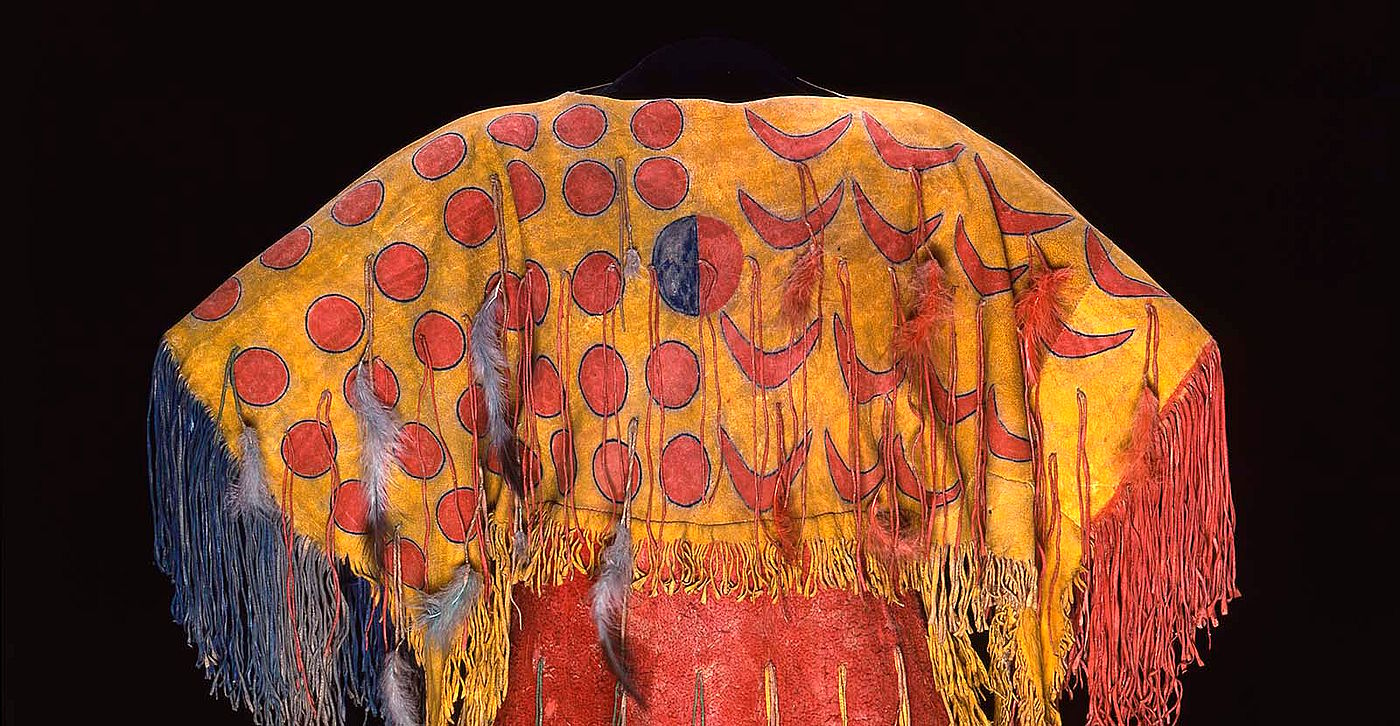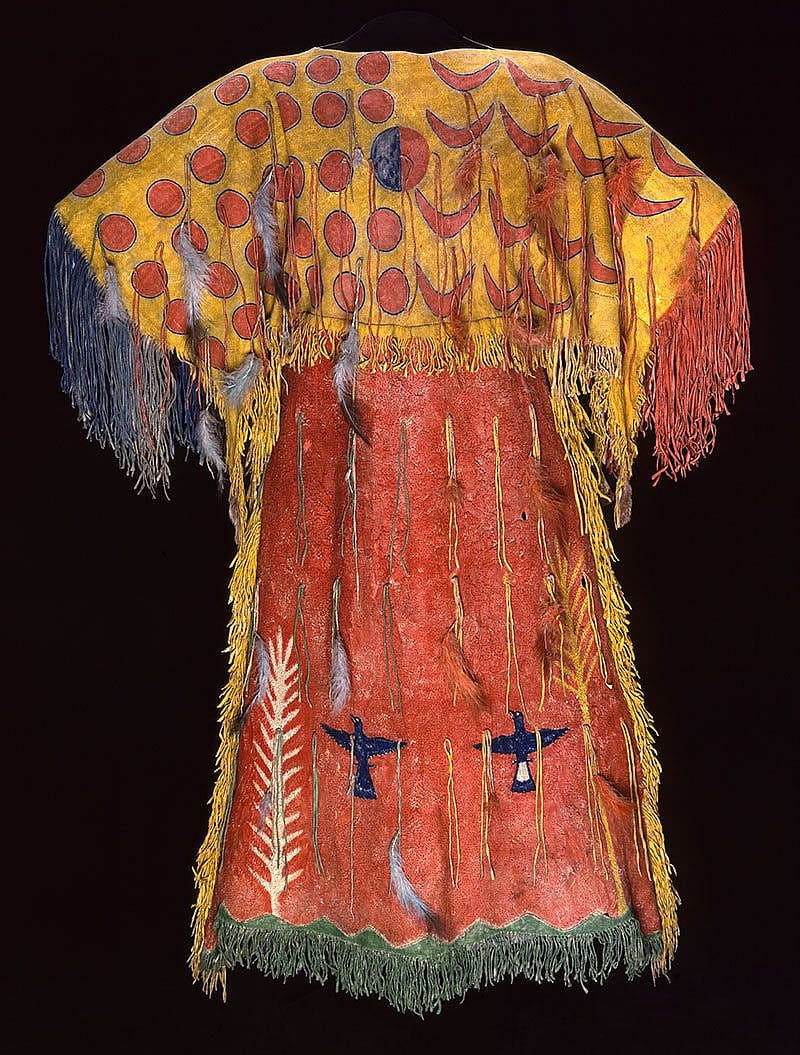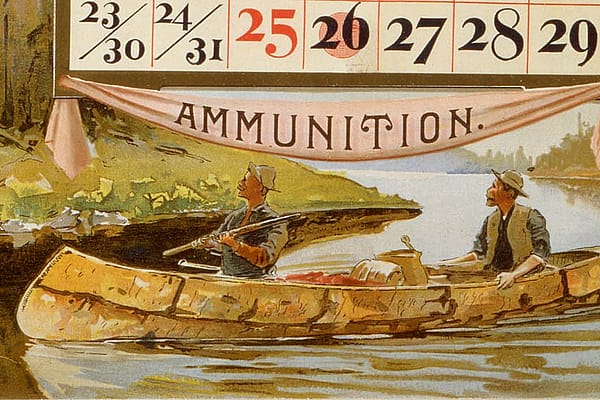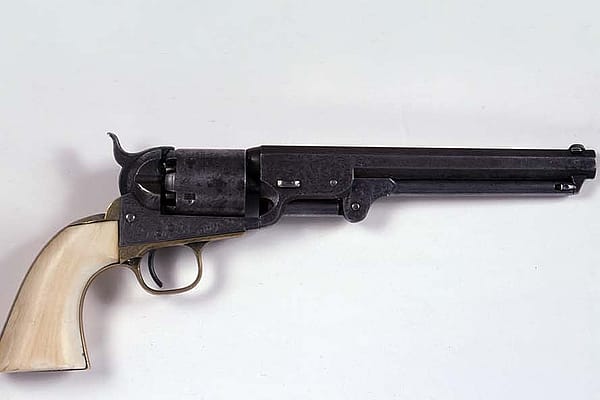
Treasures from Our West: Arapaho Ghost Dance Dress
Originally featured in Points West in Spring 2007
Arapaho Ghost Dance Dress
In 1890, Plains Indian people faced poverty, disease, and death on reservations. Under the leadership of the Paiute visionary, Wovoka, the Ghost Dance religion revived the hopes of many of the tribes. Wovoka taught that the people could bring about the renewal of the world by working hard, living peacefully, and doing the Ghost Dance. Performance of the Ghost Dance rekindled traditional forms of ritual and prayer and celebrated the individual and direct nature of Plains Indian religious experience. As a result, the buffalo and other game would be plentiful, dead relatives and old friends would return, and white men would disappear.
The Arapaho were instrumental in spreading the doctrines of the Ghost Dance to other tribes. The design of this Arapaho dress depicts the crescent moon and the stars, represented by crosses. Other painted designs include circles, birds (ravens and magpies), corn and sage stems, and blue and green bars on the calf area of the dress.
Ghost Dance dress, Southern Arapaho, c. 1890, 54 x 54 inches. Tanned elk hide with numerous pigments, feathers, and fringe. Chandler-Pohrt Collection. Gift of Mary J. and James R. Jundt. NA.204.4
Post 019
Written By
Nancy McClure
Nancy now does Grants & Foundations Relations for the Center of the West's Development Department, but was formerly the Content Producer for the Center's Public Relations Department, where her work included writing and updating website content, publicizing events, copy editing, working with images, and producing the e-newsletter Western Wire. Her current job is seeking and applying for funding from government grants and private foundations. In her spare time, Nancy enjoys photography, reading, flower gardening, and playing the flute.










